The Constitutional Democratic Party (CDP) has unwittingly fallen into a tactical ploy by the Japanese Communist Party (JCP), as they navigate the political fallout from mixed results in two recent by-elections. Intent on reconstructing a united opposition front to make up for their own failed expansion, the JCP has cleverly capitalized on the situation.
On October 23, following the by-elections in Kochi-Tokushima and the House of Representatives’ Nagasaki 4th district, CDP leader Kenta Izumi, along with other party officials, approached various opposition parties seeking policy collaboration and strategizing to maximize opposition seats in the general election—an unusual move for the main opposition party.
The JCP didn’t miss this opportunity. Soon after Izumi’s visits, JCP chairman Kazuo Shii held a press conference asserting that Izumi had requested collaboration in the next general election. Jiji Press quickly reported an alleged agreement between the CDP and JCP on election collaboration, while Shii posted on social media, claiming a consensus had been reached with Izumi on working together to minimize ruling party seats.
This supposed agreement was then headlined in the JCP’s newspaper, which featured a photo of Izumi and Shii shaking hands, indicating a step forward in cooperation, in stark contrast to Izumi’s earlier stance against election coordination with the JCP.
Shii maintained that since the party leaders had met, an agreement had indeed been made. This assertion is viewed by some as the JCP’s “hugging tactic”—taking a casual meeting and proclaiming it as an official agreement, much to the chagrin of the CDP.
Meanwhile, Shii’s emphasis on alliance and reconstruction of the opposition block is seen as a sign of his own party’s desperation. The JCP has failed to meet its ambitious goal of increasing party membership and newspaper subscriptions by 130% compared to the last party congress, and sees the reconstruction of an opposition coalition as a chance to regain momentum.
Inside sources suggest that the JCP is financially strained, having fielded over 120 candidates in small constituencies where only one—in Okinawa—is likely to win. This aggressive candidacy is seen as a way to corner Izumi into cooperation, potentially leading to a massive withdrawal of candidates under the guise of the “agreement.”
For the CDP, this situation revives the trauma of past losses, which some attribute to the public perception of being too closely aligned with the JCP. Even liberal-leaning members who would benefit from an opposition alliance have expressed dismay over Izumi’s handling of the situation.
Amidst these tensions, Secretary-General Katsuya Okada, known for advocating larger coalition blocs, has driven the initiative for these party visits. Okada is trusted by Shii and seen as a reliable partner due to their past interactions, leaving Izumi in a precarious position within his own party.
Complicating matters further, the leader of the Democratic Party for the People, Yuichiro Tamaki, has rejected meeting Izumi, citing the supposed CDP-JCP agreement, signaling a divide between the “non-LDP, non-JCP” stance of his party and the “non-LDP, JCP-tolerant” position of the CDP.
Union, the largest supporter of both parties, maintains a “non-LDP, anti-JCP” stance, adding to the complexities of the political squabble.
Despite the turmoil, Shii appears satisfied, as the possibility of an early dissolution of the unpopular Kishida administration seems unlikely, providing what some believe is an opportunity for the opposition to strike. Amidst some criticism for his long tenure, Shii is likely to be reaffirmed in his position at the party congress in January, as he is seen as indispensable for the reconstruction of the opposition coalition.
The article above is a summary from the magazine “Facta”.
https://facta.co.jp/article/202311039.html



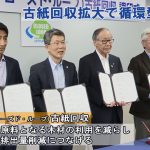
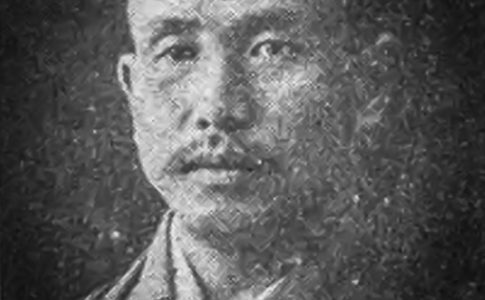
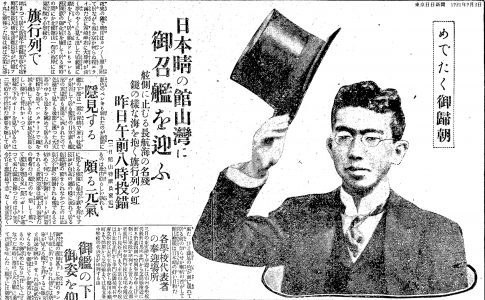


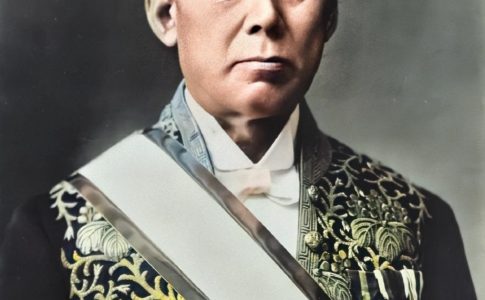
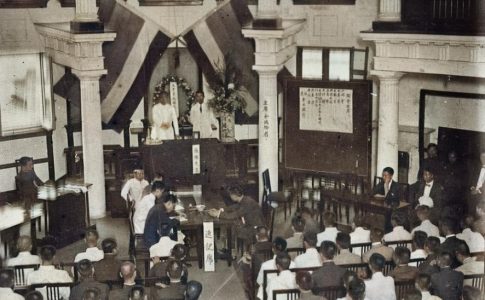


Leave a Reply